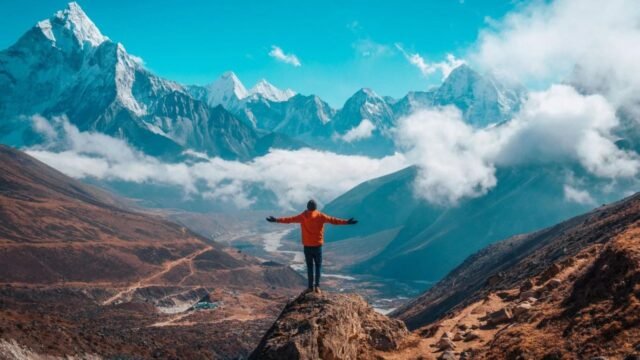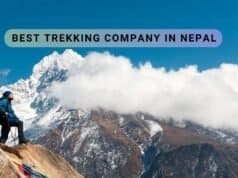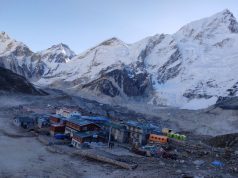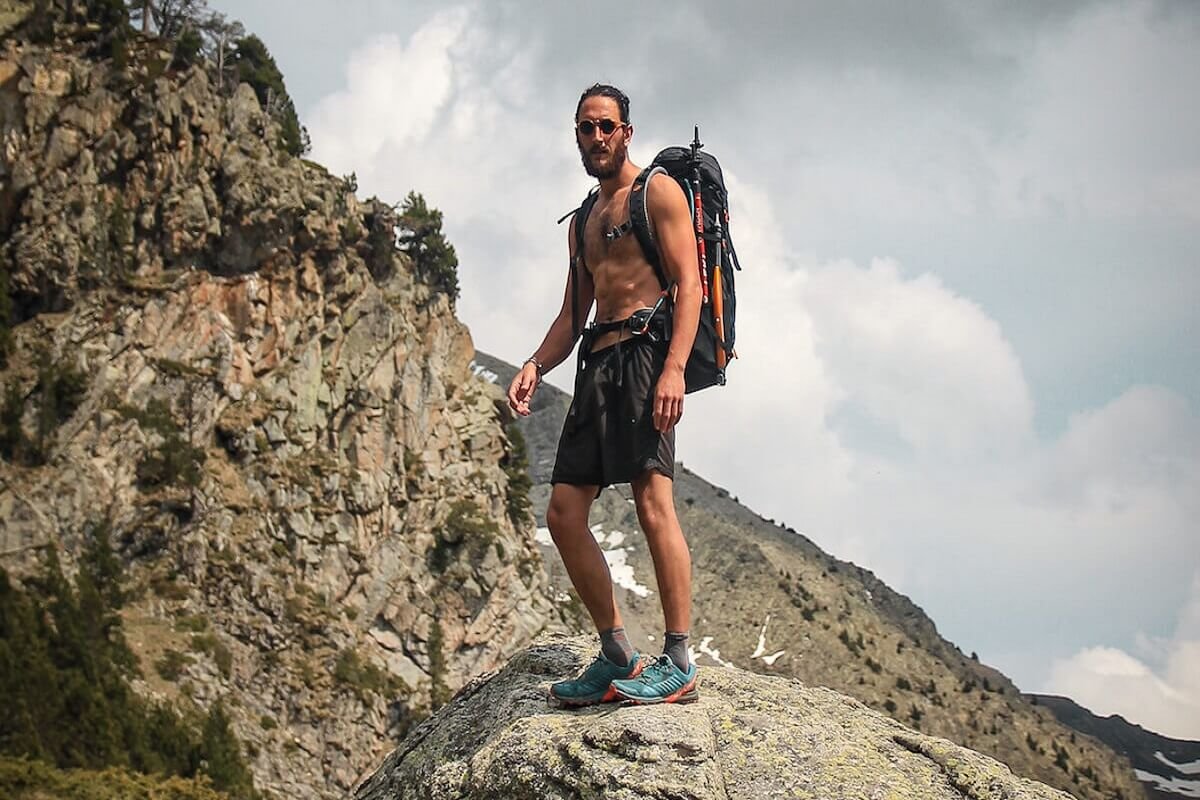Embarking on the adventurous journey to Everest base camp trekking demands careful planning considering detail attention not just for the known but also for the unexpected. The towering peaks accompanied by unpredictable weather make the Everest base camp trekking more adventurous.
Trekkers must be prepared both mentally and physically and must have a well-thought-out plan. For such it is better to have a travel consultant who is familiar with the region. Having a local agency or traveling with a local agency based in Nepal can help you a lot in such cases.
Unexpected Weather
Weather in the Himalayas is difficult to predict despite checking weather forecasts time and again. From clear skies to sudden snowstorms, trekkers must be ready for anything. One moment the peaks stand gloriously shining golden with sunrays and the next moment they are covered with clouds. Trekkers must navigate through foggy terrain and be able to adapt to the uncanny fluctuation of nature.
Each morning before lacing up the boots and setting out on the adventure, checking the forecast for the day will be the daily ritual, and the decision to move ahead or seek safety at the lodges will depend on the forecast. Packing the right gear is crucial, from moisture-absorbing layers to waterproof outerwear. Good quality trekking boots, winter gloves, and headgear are important as well. Carrying a waterproof weather weather-resistant reliable bag keeps your essentials dry during unexpected rainfalls.
Altitude Sickness is Real
Another major concern while trekking in the Everest region is altitude sickness. Trekkers must be attentive to symptoms like headaches and nausea. One must have a wisely designed itinerary ensuring proper acclimatization days in order to adjust their body gradually. Guides play a crucial role in evaluating the group’s well-being so informing how you feel to your guide is very important.
Having constant headaches and nausea is a point that you have altitude sickness and is the time that you must consider descending to a lower altitude. The first and foremost thing to do when you fall sick in altitude is to descend down and lose the gained elevation.
Communication
In the remote region of Everest communication can be challenging due to the terrain. However, lately buying Everest link cards can be fruitful for trekkers. This helps in getting in touch with your friends and family back home and with your service provider. You can constantly update them on what you are going through.
Travel Insurance and Emergency
Having travel insurance is crucial especially when travelling to mountains. Travel insurance covers the expenses in case any injury happens during your trekking. However, there are a wide variety of insurance companies as well as insurance policies available. Make sure that your policy covers medical emergencies that may occur in the mountains including helicopter evacuation.
Although, you have to make sure that you are picking your service provider wisely. Don’t forget to choose an insurance policy that covers the helicopter evacuation in major cases of Acute Mountain Sickness (AMS). AMS happens to be common that anyone going to mountain face but neglecting it being common may be dangerous.
Everest Trekking Permits
Some permits are required in order to trek in the Everest region for trekkers. The permits can either be obtained in Kathmandu or at Lukla. Sagarmatha National Park entry permit and local community fee at Lukla are some extra charges rather than your trip cost must be allocated if you are doing this trek independently.
If you are planning this trek to be completed by a local service provider then it will be included in your tour price. The community fee is used for the betterment of the trail as well as the place. The National Park entry fee costs you around $35 and $20 approx. for local community fees. Actually, the accommodation charge that we pay for the night is also given to the local community and is not kept by the hotel, not even a percent.
Lastly while trekking to Everest base camp you need to have a flexible mindset which helps to deal with unexpected cases that may arise during your journey. Flight delays due to weather, instant change in itinerary, and unforeseen challenges are part of your Everest base camp trekking experience. Always remember “everything in Nepal doesn’t work the way it should.” Embracing adaptability not only makes you safe but helps you to appreciate the journey.
Preparing yourself for unexpected things is essential as it involves monitoring the weather, following a wisely designed itinerary with proper acclimatization days, and choosing your service provider is crucial. A combination of proper gear, precise decision-making, and an adaptive mindset is the key to preparing for unexpected challenges for Everest base camp Trekking.
To sum up it is suggested that do book your trekking from a reliable local trekking agency rather than another. International trekking companies do offer the same packages but do charge high for the hikers. This kind of service provider specializes in other travel destinations in the world, especially city tours and safari packages. They do promise that they will provide an amazing experience but fail many times.
Embarking on the journey will local companies not only saves you money but provides an amazing experience as they are familiar with the area. They provide good safety management services because they are in a competitive market with other local companies. The cost of the Trek, which includes the majority of services and they are well experienced in what they do.









[…] from Everest Base Camp Trek and, Annapurna Base Camp Trek, there are a few more stunning trekking destinations. Trekking routes […]